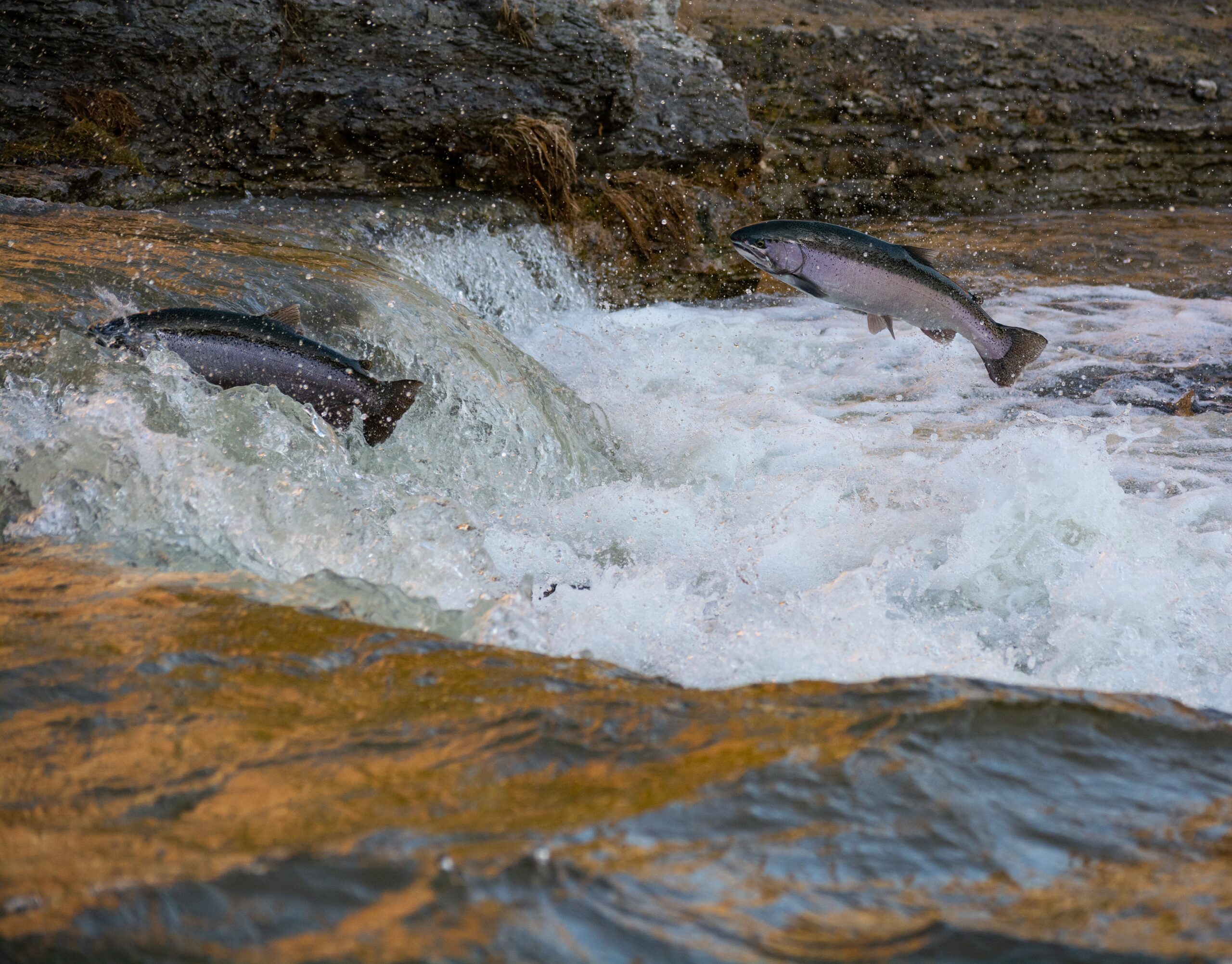There are few better examples of humanity’s resourcefulness than our ability to change the ground we walk on. We’re not yet at the high-concept, sci-fi movie “terraforming” level, where people hope to eventually be able to alter the temperature and atmosphere of a given planet as needed to make it habitable.
However, what is true is that humans have been molding small sections of the Earth’s surface to suit society’s needs. These changes included the manufactured extensions to the Boston Harbor coastline over the last four centuries and Dubai’s famous Palm Islands, a trio of small landmasses built in the early 2000s. Much of the motivation for these kinds of projects is either a mix of economic advantage, military strategy, or just plain old unchecked vanity mixed with a limitless checkbook. But a town in Washington has added another reason to the list: environmental conservation.
In an interesting flip of the other examples, the town of Indian Island, WA, recently completed a $13 million project that oversaw the removal of a landmass rather than creating one. Local governments decided in 2020 to remove a causeway that had existed for three-quarters of a century in hopes that it would spur an increase in marine activity along a section of traditionally enclosed coastline. “It’s basically a gigantic buffet between the islands,” Rebecca Benjamin, North Olympic Salmon Coalition executive director, told the Kitsap Sun. “But the salmon couldn’t get there.
The causeway, which functioned as a seal between that coast and the greater Puget Sound, was to be replaced with a bridge to allow for a greater flow between the two previously separate bodies of water. Now two years, 440 feet of concrete and 9,000 dump trucks loads of dirt later, the island has seen a dramatic uptick in the presence of marine life, especially salmon native to the region.
The changes came in mere days as schools of juvenile salmon caught on to the changing underwater conditions. “We weren’t expecting these results so quickly. It happened almost overnight,” Bill Kalina, a Navy environmental program manager living on the island, said to the Kitsap Sun. Annual seining events had previously only seen a mere handful of salmon. Seinings had garnered a combined six total salmon in the five years leading up to the change.
This year was quite a bit different. During a two-day period in May, volunteers caught a whopping 1,000 total salmon. The fish have since been making their way to the nearby eelgrass beds of the Indian Island tidelands.
Such a significant change in a short window has further illuminated the limiting effect of the causeway created in the 1940s. This project has local officials optimistic about returning the habitat to the glory days of that period. Before the causeway existed, the relatively expansive circulation created cooler water temperatures and allowed for an ecosystem free of harmful algae.
Environmental experts say the progress could be more pronounced than a simple increase in available salmon. One spot of particular attention is the sandstone cliffs around the area, which could see some erosion as a result of the increased tidal energy. The causeway would normally break up many currents before they made an impact, and the increased presence of waves is expected to break sandstone off and into the water. The minerals will help form a natural habitat for forage fish and eelgrass beds, both essential stepping stones to support a healthy salmon population.





